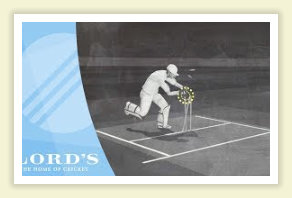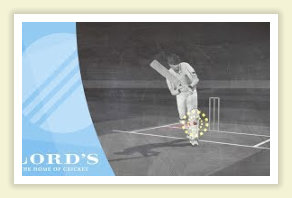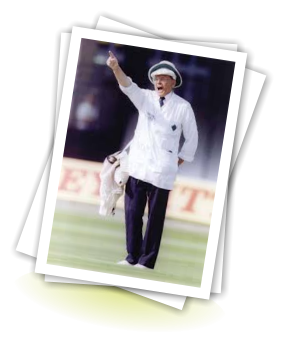
© Web Design NZ 2015
Cricket Umpiring
Made with Xara Web Designer Premium
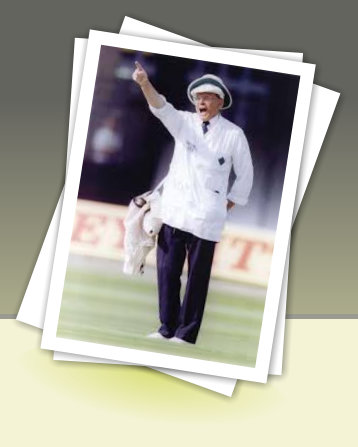
Umpiring Videos
Understanding the Laws of Cricket with Stephen Fry. To better understand the laws of cricket, Marylebone Cricket Club (Lord’s) has launched a set of animated videos that will help young crickets, players, novices and casual fans. These videos are narrated by Stephen Fry (actor, writer, cricket lover and sometime umpire), and are quite short and sweet. In about two mins you will understand many jargons like ‘the wicket is down‘ and ‘batsman is out of his ground‘. You can also learn rules regarding damaging of pitch and hitting the ball twice.Law 36: LBW
The striker is out LBW in the circumstances set out below. (a) The bowler delivers a ball, not being a No ball, and (b) the ball, if it is not intercepted full pitch, pitches in line between wicket and wicket or on the off side of the striker’s wicket, and (c) the ball not having previously touched his bat, the striker intercepts the ball, either full pitch or after pitching, with any part of his person, and (d) the point of impact, even if above the level of the bails, either (i) is between wicket and wicket…Law 29: The Wicket is Down
(a) The wicket is put down if a bail is completely removed from the top of the stumps, or a stump is struck out of the ground, (i) by the ball, or (ii) by the striker’s bat if he is holding it or by any part of his bat that he is holding, or (iii) notwithstanding the provisions of Law 6.8(a), by the striker’s bat in falling if he has let go of it, or by any part of his bat becoming detached, or (iv) by the striker’s person or by any part of his clothing or equipment becoming detached from his person, or (v) by a fielder with his hand or arm, providing that the ball is held in the hand or hands so used, or in the hand of the arm so used…Law 22: Wide Ball
1. Judging a Wide (a) If the bowler bowls a ball, not being a No ball, the umpire shall adjudge it a Wide if, according to the definition in (b) below, in his opinion the ball passes wide of the striker where he is and which also would have passed wide of him standing in a normal guard position. (b) The ball will be considered as passing wide of the striker unless it is sufficiently within his reach for him to be able to hit it with his bat by means of a normal cricket stroke…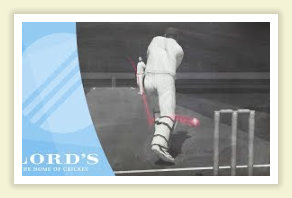
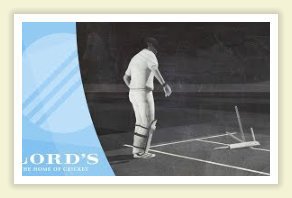
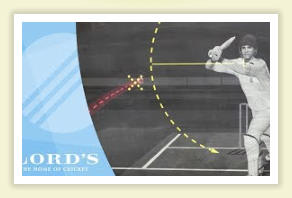
Law 39: Stumped
(a) The striker is out Stumped, except as in 3 below, if, (i) a ball which is not a No ball is delivered, and (ii) he is out of his ground, other than as in 3(a) below, and (iii) he has not attempted a run, when (iv) his wicket is fairly put down by the wicket-keeper without the intervention of another fielder. Note, however Laws 2.8(c) and (e) (Transgression of the Laws by a batsman who has a runner) and 40.3 (Position of wicket- keeper)…Law 41: Damaging the Pitch
(a) It is incumbent on all players to avoid unnecessary damage to the pitch. A player will be deemed to be causing avoidable damage if either umpire considers that his presence on the pitch is without reasonable cause. It is unfair to cause deliberate damage to the pitch. (b) An area of the pitch, to be referred to as ‘the protected area’, is defined as that area contained within a rectangle bounded at each end by imaginary lines parallel to the popping creases and 5 ft/1.52 m front of each, and on…Law 23: Bye and Leg Bye
1. Byes If the ball, delivered by the bowler, not being a No ball or a Wide, passes the striker without touching his bat or person, any runs completed by the batsmen from that delivery, or a boundary allowance, shall be credited as Byes to the batting side. 2. Leg byes (a) If a ball delivered by the bowler first strikes the person of the striker, runs shall be scored only if the umpire is satisfied that the striker…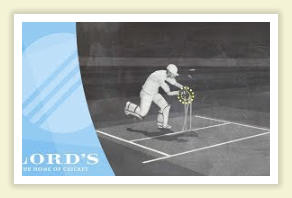
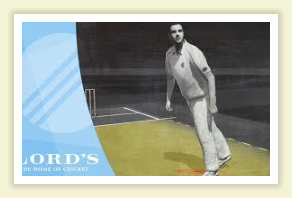
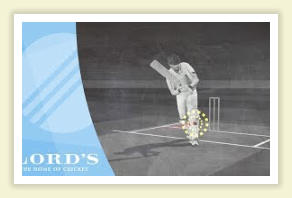
Law 21: No Ball
1. Mode of delivery (a) The umpire shall ascertain whether the bowler intends to bowl right handed or left handed, over or round the wicket, and shall so inform the striker. It is unfair if the bowler fails to notify the umpire of a change in his mode of delivery. In this case the umpire shall call and signal No ball. (b) Underarm bowling shall not be permitted except by special agreement before the match…Law 32: Fair Catch
Providing that in every case neither (i) at any time the ball nor (ii) throughout the act of making the catch as defined in Law 19.4, any fielder in contact with the ball is, as described in Law 19.3(b), touching the boundary or grounded beyond the boundary, a catch shall be considered to be fair if (a) the ball is hugged to the body of the catcher or accidentally lodges in his clothing or, in the case of a wicket-keeper only, in his pads. However, it is not a fair catch if the ball lodges in a protective helmet worn by a fielder…Law 2: Runners
1.Substitutes and Runners (a) If the umpires are satisfied that a nominated player has been injured or become ill since the nomination of the players, they shall allow that player to have, (i) a substitute acting for him in the field. (ii) a runner when batting. Any injury or illness that occurs at any time after the nomination of the players until the conclusion of the match shall be allowable…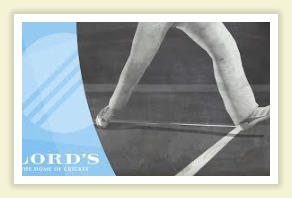
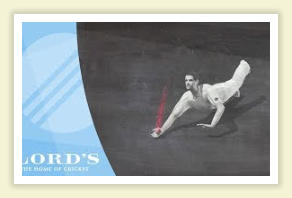
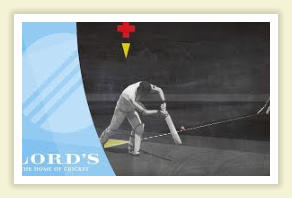
Law 34: Hit the Ball Twice
34.1 Out Hit the ball twice 34.1.1 The striker is out Hit the ball twice if, while the ball is in play, it strikes any part of his/her person or is struck by his/her bat and, before the ball has been touched by a fielder, the striker wilfully strikes it again with his/her bat or person, other than a hand not holding the bat, except for the sole purpose of guarding his/her wicket. See 34.3 and Law 37 (Obstructing the field). 34.1.2 For the purpose of this Law ‘struck’ or ‘strike’ shall include contact with the person of the striker…Law 20: Dead Ball
20.1 Ball is dead 20.1.1 The ball becomes dead when 20.1.1.1 it is finally settled in the hands of the wicket-keeper or of the bowler. 20.1.1.2 a boundary is scored. See Law 19.7 (Runs scored from boundaries). 20.1.1.3 a batsman is dismissed. The ball will be deemed to be dead from the instant of the incident causing the dismissal. 20.1.1.4 whether played or not it becomes trapped between the bat and person of a batsman or between items of his/her clothing or equipment…Law 37: Obstructing the Field
37.1.1 Either batsman is out Obstructing the field if, except in the circumstances of 37.2, and while the ball is in play, he/she wilfully attempts to obstruct or distract the fielding side by word or action. See also Law 34 (Hit the ball twice). 37.1.2 The striker is out Obstructing the field if, except in the circumstances of 37.2, in the act of receiving a ball delivered by the bowler, he/she wilfully strikes the ball with a hand not holding the bat. This will apply whether it is the first strike or a second or subsequent strike. The act of receiving the ball shall extend both to playing at the ball…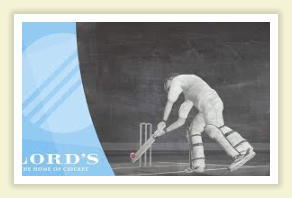
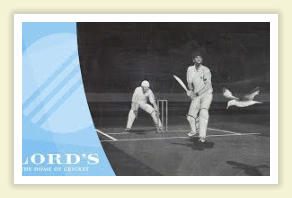
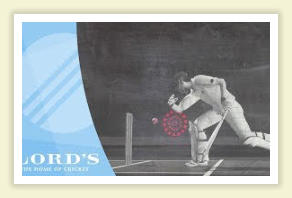
Law 30: Batter out of Ground
30.1 When out of his/her ground 30.1.1 A batsman shall be considered to be out of his/her ground unless some part of his/her person or bat is grounded behind the popping crease at that end. 30.1.2 However, a batsman shall not be considered to be out of his/her ground if, in running or diving towards his/her ground and beyond, and having grounded some part of his/her person or bat beyond the popping crease, there is subsequent loss of contact…Law 41: Run Out Non Striker
If the non-striker is out of his/her ground from the moment the ball comes into play to the instant when the bowler would normally have been expected to release the ball, the bowler is permitted to attempt to run him/her out. Whether the attempt is successful or not, the ball shall not count as one in the over. If the bowler fails in an attempt to run out the non-striker, the umpire shall call and signal Dead ball as soon as possible…Law 33: Boundary Catching
33.2.2.4 a fielder catches the ball after it has crossed the boundary in the air, provided that the conditions in 33.2.1 are met. 33.2.2.5 the ball is caught off an obstruction within the boundary that is not designated a boundary by the umpires. 33.3 Making a catch The act of making a catch shall start from the time when the ball first comes into contact with a fielder’s person and shall end when a fielder obtains complete control over both the ball and his/her own movement.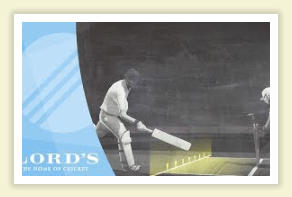
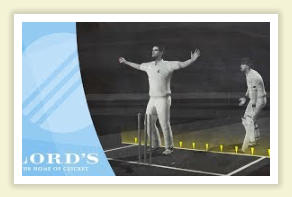
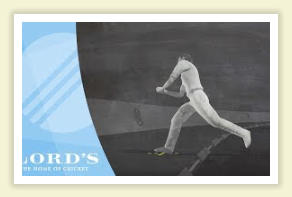



Cricket Umpiring
Umpiring Videos
Understanding the Laws of Cricket with Stephen Fry. To better understand the laws of cricket, Marylebone Cricket Club (Lord’s) has launched a set of animated videos that will help young crickets, players, novices and casual fans. These videos are narrated by Stephen Fry (actor, writer, cricket lover and sometime umpire), and are quite short and sweet. In about two mins you will understand many jargons like ‘the wicket is down‘ and ‘batsman is out of his ground‘. You can also learn rules regarding damaging of pitch and hitting the ball twice.Law 36: LBW
The striker is out LBW in the circumstances set out below. (a) The bowler delivers a ball, not being a No ball, and (b) the ball, if it is not intercepted full pitch, pitches in line between wicket and wicket or on the off side of the striker’s wicket, and (c) the ball not having previously touched his bat, the striker intercepts the ball, either full pitch or after pitching, with any part of his person, and (d) the point of impact, even if above the level of the bails, either (i) is between wicket and wicket…Law 29: The Wicket is Down
(a) The wicket is put down if a bail is completely removed from the top of the stumps, or a stump is struck out of the ground, (i) by the ball, or (ii) by the striker’s bat if he is holding it or by any part of his bat that he is holding, or (iii) notwithstanding the provisions of Law 6.8(a), by the striker’s bat in falling if he has let go of it, or by any part of his bat becoming detached, or (iv) by the striker’s person or by any part of his clothing or equipment becoming detached from his person, or (v) by a fielder with his hand or arm, providing that the ball is held in the hand or hands so used, or in the hand of the arm so used…Law 22: Wide Ball
1. Judging a Wide (a) If the bowler bowls a ball, not being a No ball, the umpire shall adjudge it a Wide if, according to the definition in (b) below, in his opinion the ball passes wide of the striker where he is and which also would have passed wide of him standing in a normal guard position. (b) The ball will be considered as passing wide of the striker unless it is sufficiently within his reach for him to be able to hit it with his bat by means of a normal cricket stroke…

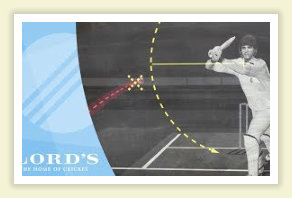
Law 39: Stumped
(a) The striker is out Stumped, except as in 3 below, if, (i) a ball which is not a No ball is delivered, and (ii) he is out of his ground, other than as in 3(a) below, and (iii) he has not attempted a run, when (iv) his wicket is fairly put down by the wicket- keeper without the intervention of another fielder. Note, however Laws 2.8(c) and (e) (Transgression of the Laws by a batsman who has a runner) and 40.3 (Position of wicket-keeper)…Law 41: Damaging the Pitch
(a) It is incumbent on all players to avoid unnecessary damage to the pitch. A player will be deemed to be causing avoidable damage if either umpire considers that his presence on the pitch is without reasonable cause. It is unfair to cause deliberate damage to the pitch. (b) An area of the pitch, to be referred to as ‘the protected area’, is defined as that area contained within a rectangle bounded at each end by imaginary lines parallel to the popping creases and 5 ft/1.52 m front of each, and on…Law 23: Bye and Leg Bye
1. Byes If the ball, delivered by the bowler, not being a No ball or a Wide, passes the striker without touching his bat or person, any runs completed by the batsmen from that delivery, or a boundary allowance, shall be credited as Byes to the batting side. 2. Leg byes (a) If a ball delivered by the bowler first strikes the person of the striker, runs shall be scored only if the umpire is satisfied that the striker…